Vahraz Jamnejad
How to Deploy a 10-km Interferometric Radio Telescope on the Moon with Just Four Tethered Robots
Sep 06, 2022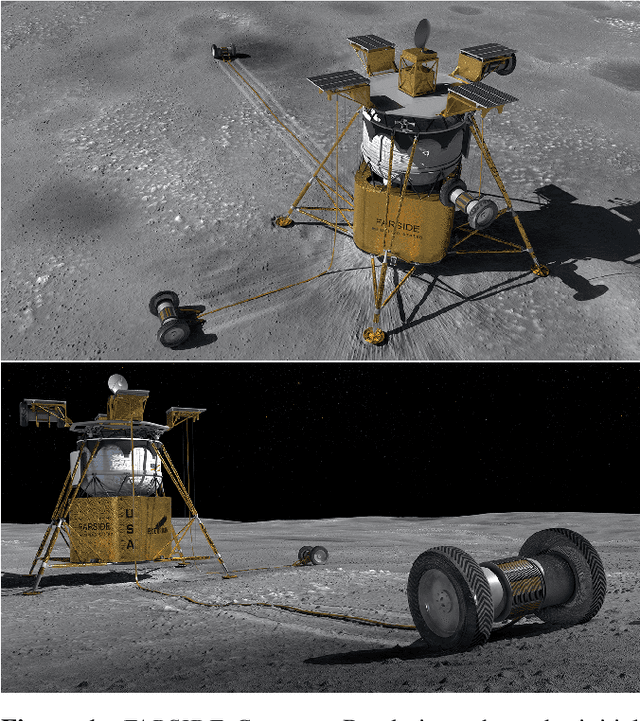

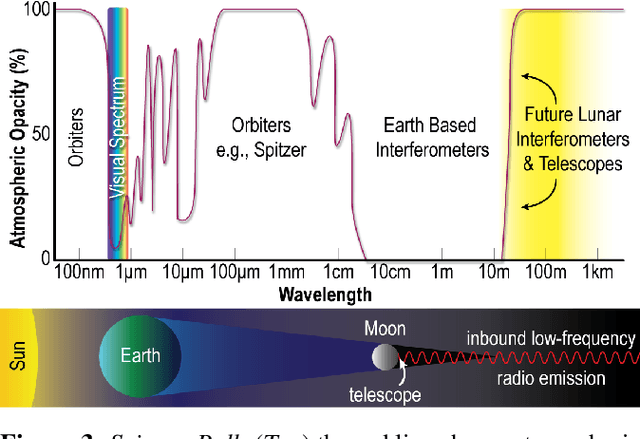
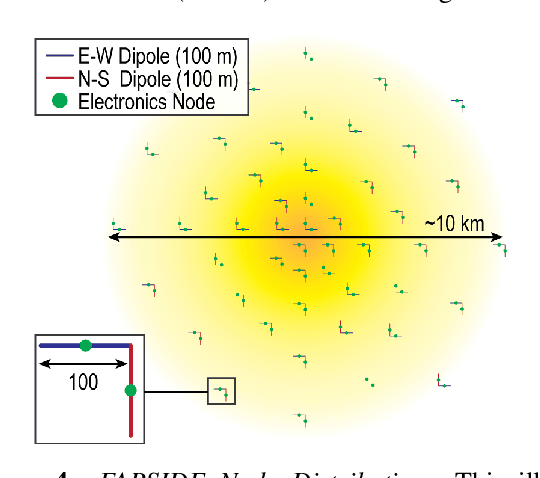
Abstract:The Far-side Array for Radio Science Investigations of the Dark ages and Exoplanets (FARSIDE) is a proposed mission concept to the lunar far side that seeks to deploy and operate an array of 128 dual-polarization, dipole antennas over a region of 100 square kilometers. The resulting interferometric radio telescope would provide unprecedented radio images of distant star systems, allowing for the investigation of faint radio signatures of coronal mass ejections and energetic particle events and could also lead to the detection of magnetospheres around exoplanets within their parent star's habitable zone. Simultaneously, FARSIDE would also measure the "Dark Ages" of the early Universe at a global 21-cm signal across a range of red shifts (z approximately 50-100). Each discrete antenna node in the array is connected to a central hub (located at the lander) via a communication and power tether. Nodes are driven by cold=operable electronics that continuously monitor an extremely wide-band of frequencies (200 kHz to 40 MHz), which surpass the capabilities of Earth-based telescopes by two orders of magnitude. Achieving this ground-breaking capability requires a robust deployment strategy on the lunar surface, which is feasible with existing, high TRL technologies (demonstrated or under active development) and is capable of delivery to the surface on next-generation commercial landers, such as Blue Origin's Blue Moon Lander. This paper presents an antenna packaging, placement, and surface deployment trade study that leverages recent advances in tethered mobile robots under development at NASA's Jet Propulsion Laboratory, which are used to deploy a flat, antenna-embedded, tape tether with optical communication and power transmission capabilities.
* 8 pages, 17 figures, IEEE Aerospace Conference Proceedings, 2021
Antenna Optimization Using a New Evolutionary Algorithm Based on Tukey-Lambda Probability Distribution
Jun 06, 2020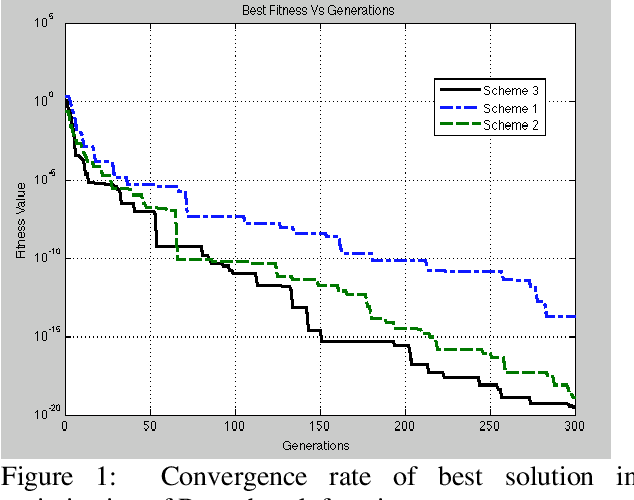
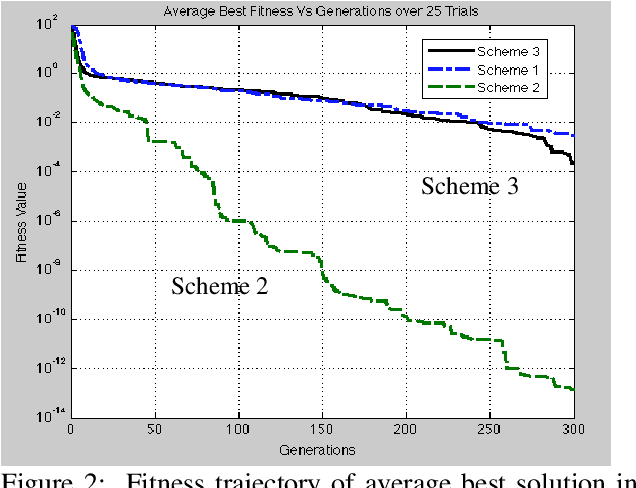
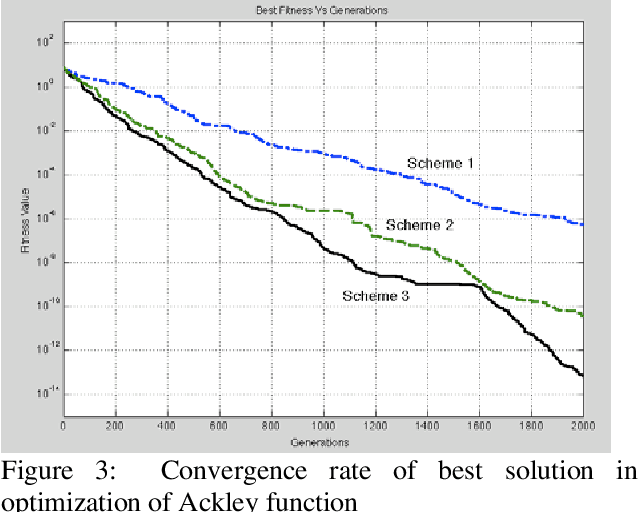
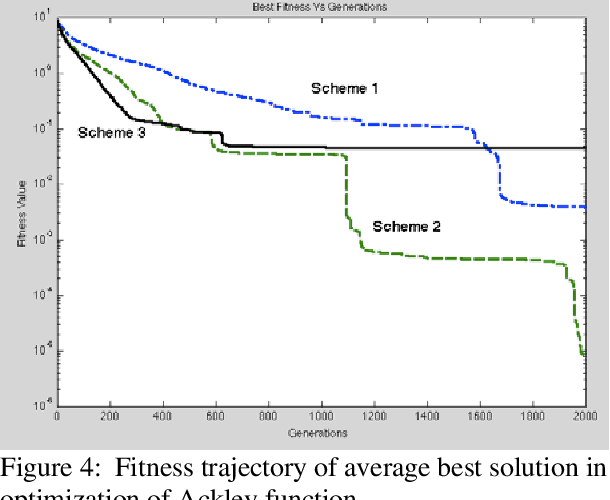
Abstract:In this paper, we introduce a new evolutionary optimization algorithm based on Tukey's symmetric lambda distribution. Tukey distribution is defined by 3 parameters, the shape parameter, the scale parameter, and the location parameter or average value. Various other distributions can be approximated by changing the shape parameter, and as a result can encompass a large class of probability distributions. In addition, Because of these attributes, an Evolutionary Programming (EP) algorithm with Tukey mutation operator may perform well in a large class of optimization problems. Various schemes in implementation of EP with Tukey distribution are discussed, and the resulting algorithms are applied to selected test functions and antenna design problems.
 Add to Chrome
Add to Chrome Add to Firefox
Add to Firefox Add to Edge
Add to Edge